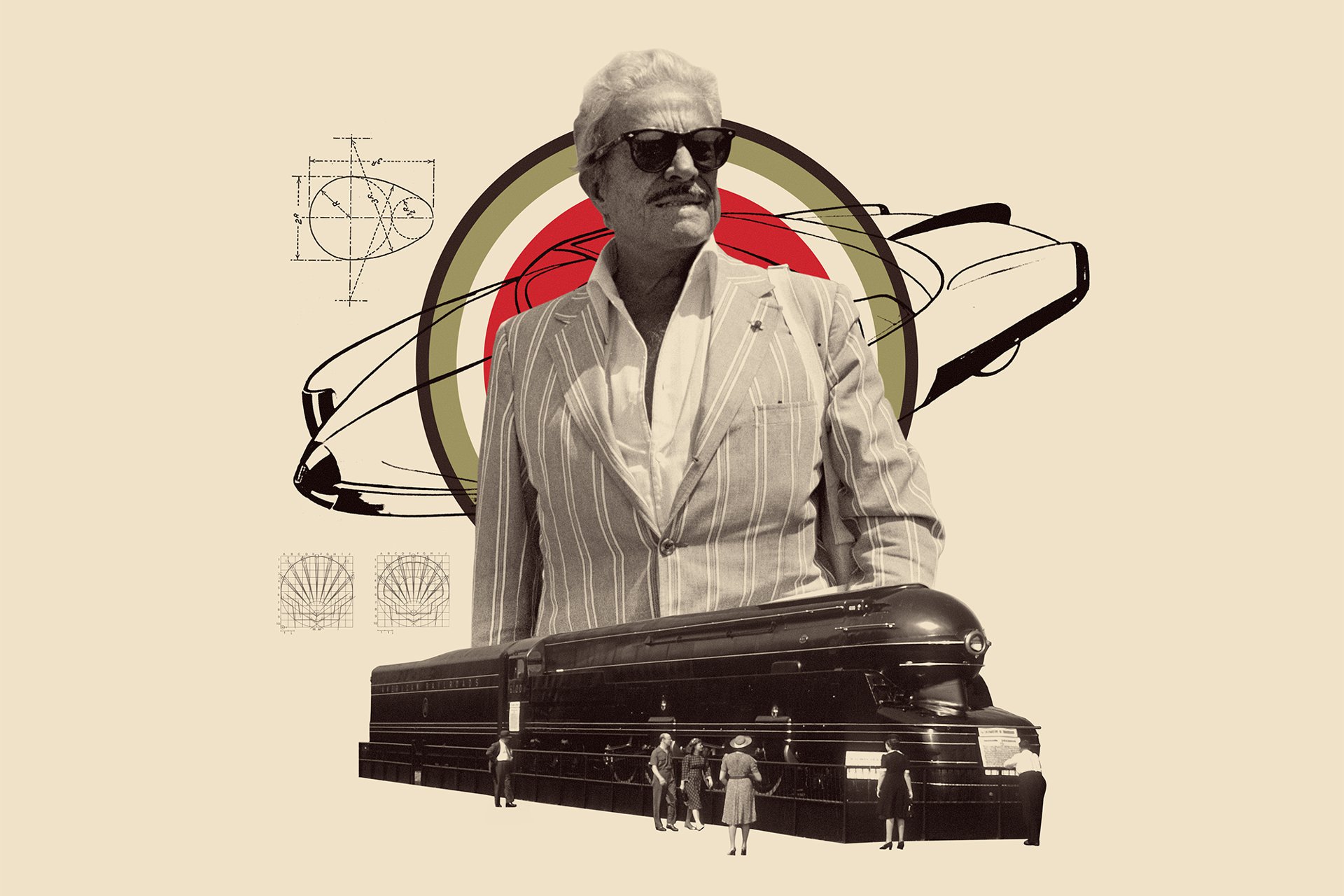What makes things cool?

Several decades before he became the father of industrial design, Raymond Loewy boarded the SS France in 1919 to sail across the Atlantic from his devastated continent to the United States. The influenza pandemic had taken his mother and father, and his service in the French army was over. At the age of 25, Loewy was looking to start fresh in New York, perhaps, he thought, as an electrical engineer. When he reached Manhattan, his older brother Maximilian picked him up in a taxi. They drove straight to 120 Broadway, one of New York City’s largest neoclassical skyscrapers, with two connected towers that ascended from a shared base like a giant tuning fork. Loewy rode the elevator to the observatory platform, 40 stories up, and looked out across the island.
“New York was throbbing at our feet in the crisp autumn light,” Loewy recalled in his 1951 memoir. “I was fascinated by the murmur of the great city.” But upon closer examination, he was crestfallen. In France, he had imagined an elegant, stylish place, filled with slender and simple shapes. The city that now unfurled beneath him, however, was a grungy product of the machine age—“bulky, noisy, and complicated. It was a disappointment.” Over time, science took up the mystery. In the 1960s, the psychologist Robert Zajonc conducted a series of experiments where he showed subjects nonsense words, random shapes, and Chinese-like characters and asked them which they preferred. In study after study, people reliably gravitated toward the words and shapes they’d seen the most. Their preference was for familiarity.
The world below would soon match his dreamy vision. Loewy would do more than almost any person in the 20th century to shape the aesthetic of American culture. His firm designed mid-century icons like the Exxon logo, the Lucky Strike pack, and the Greyhound bus. He designed International Harvester tractors that farmed the Great Plains, merchandise racks at Lucky Stores supermarkets that displayed produce, Frigidaire ovens that cooked meals, and Singer vacuum cleaners that ingested the crumbs of dinner. Loewy’s Starliner Coupé from the early 1950s—nicknamed the “Loewy Coupé”—is still one of the most influential automotive designs of the 20th century. The famous blue nose of Air Force One? That was Loewy’s touch, too. After complaining to his friend, a White House aide, that the commander in chief’s airplane looked “gaudy,” he spent several hours on the floor of the Oval Office cutting up blue-colored paper shapes with President Kennedy before settling on the design that still adorns America’s best-known plane. “Loewy,” wrote Cosmopolitan magazine in 1950, “has probably affected the daily life of more Americans than any man of his time.”
But when he arrived in Manhattan, U.S. companies did not yet worship at the altars of style and elegance. That era’s capitalists were monotheistic: Efficiency was their only god. American factories—with their electricity, assembly lines, and scientifically calibrated workflow—produced an unprecedented supply of cheap goods by the 1920s, and it became clear that factories could make more than consumers naturally wanted. It took executives like Alfred Sloan, the CEO of General Motors, to see that by, say, changing a car’s style and color every year, consumers might be trained to crave new versions of the same product. To sell more stuff, American industrialists needed to work hand in hand with artists to make new products beautiful—even “cool.”
Loewy had an uncanny sense of how to make things fashionable. He believed that consumers are torn between two opposing forces: neophilia, a curiosity about new things; and neophobia, a fear of anything too new. As a result, they gravitate to products that are bold, but instantly comprehensible. Loewy called his grand theory “Most Advanced Yet Acceptable”—maya. He said to sell something surprising, make it familiar; and to sell something familiar, make it surprising.
Why do people like what they like? It is one of the oldest questions of philosophy and aesthetics. Ancient thinkers inclined to mysticism proposed that a “golden ratio”—about 1.62 to 1, as in, for instance, the dimensions of a rectangle—could explain the visual perfection of objects like sunflowers and Greek temples. Other thinkers were deeply skeptical: David Hume, the 18th-century philosopher, considered the search for formulas to be absurd, because the perception of beauty was purely subjective, residing in individuals, not in the fabric of the universe. “To seek the real beauty, or real deformity,” he said, “is as fruitless an enquiry, as to pretend to ascertain the real sweet or real bitter.”
This discovery was known as the “mere-exposure effect,” and it is one of the sturdiest findings in modern psychology....MUCH MORE